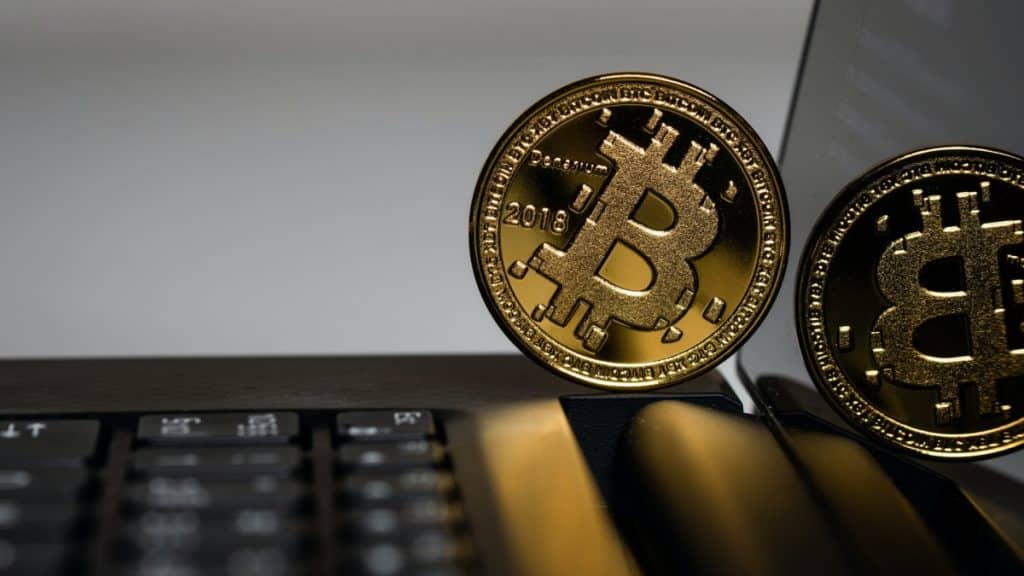Navigating the crypto realm requires clarity, especially regarding Bitcoin wallets, which stand at the intersection of myth and reality. Their true nature and function often remain obscured by misconceptions. Be sure to check out how blockchain technology impacts the fintech industry, as it has the potential to revolutionize payment systems, streamline processes, and enhance security in financial services.
The Imagined World of Bitcoin Wallets
In the rapidly evolving landscape of cryptocurrencies, Bitcoin wallets have found themselves at the intersection of fantasy and fact. Popular culture, driven by movies, series, and online narratives, often spins a web of intrigue around Bitcoin wallets, leading to a series of myths and misconceptions.
One of the most pervasive myths is the idea that “all Bitcoin wallets are unsafe.” This belief stems from high-profile hacking incidents where significant amounts of Bitcoin were stolen from online exchanges or insecure wallets. However, the reality is that the security of a Bitcoin wallet largely depends on its type and how it’s managed. It’s a misconception that’s somewhat akin to saying all houses are easy to break into, when in fact, the security of a house often depends on the precautions taken by its owner.
Another widespread fallacy is the notion that “you can easily recover lost Bitcoins.” In reality, the decentralized nature of Bitcoin means that if you lose access to your wallet and don’t have backup measures in place, your Bitcoins are likely gone for good. This misunderstanding perhaps arises from the comparison of digital wallets to traditional banking systems where lost or forgotten passwords can be reset.
A more nostalgic misconception is the idea that “physical wallets are obsolete.” As we tread further into the digital age, it’s easy to assume that tangible storage solutions would become relics of the past. Yet, in the realm of Bitcoin, physical (or “cold”) wallets, like paper or hardware varieties, are not just prevalent but are considered among the safest options for storing large amounts of Bitcoin.
Lastly, the portrayal of Bitcoin wallets in media deserves mention. Movies and series often amplify the drama, showing hackers effortlessly accessing Bitcoin fortunes or protagonists making high-stakes transactions in seconds. These dramatizations can skew the perception of how Bitcoin wallets function in the real world, leading to both undue fear and unfounded confidence among the audience.
In essence, the imagined world of Bitcoin wallets is a tapestry woven from myths, dramatized media portrayals, and genuine wishes from the crypto community. It’s a world where the line between reality and fantasy often blurs, making it imperative for individuals to seek accurate knowledge before venturing into Bitcoin’s digital realm.
The Reality Behind Bitcoin Wallets
Navigating the world of Bitcoin requires a clear understanding of the tools that facilitate its use, the most central of which is the Bitcoin wallet. The wallet, contrary to many misconceptions, serves as a digital interface that allows users to manage their Bitcoins. To truly grasp their function and importance, it’s essential to demystify the complexities surrounding them.
There’s a broad spectrum when it comes to Bitcoin wallets, primarily categorized into “hot” and “cold” storage. Hot wallets are those connected to the internet, encompassing online, desktop, and mobile wallets. They offer convenience, making daily transactions seamless. However, this online nature also renders them vulnerable to cyber threats. Conversely, cold wallets operate offline. Whether it’s a hardware device, an air-gapped computer, or simple paper with printed keys, cold wallets remain detached from the online world, offering a sanctuary against digital hacks.
Safety and security in the realm of Bitcoin wallets aren’t mere buzzwords; they’re essential doctrines. A common misbelief is that Bitcoin itself can be hacked. In truth, the underlying blockchain technology of Bitcoin is extremely secure. Vulnerabilities arise from mismanagement of wallets, lack of secure practices, or using platforms with weak security protocols. For individuals, understanding the basic tenets of digital security—like using strong, unique passwords and enabling two-factor authentication—can fortify their Bitcoin assets significantly.
The topic of recovery and backup in the Bitcoin universe is poignant. Contrary to the belief that lost Bitcoins can easily be reclaimed, the reality is starkly different. A Bitcoin wallet uses a combination of public and private keys. The private key, akin to a digital password, is what grants access to one’s Bitcoins. If this key is lost and there’s no backup, those Bitcoins become inaccessible, effectively lost in the digital ether. This has led to heart-wrenching tales of early Bitcoin adopters losing fortunes due to misplaced keys or discarded hard drives. Hence, the emphasis on seed phrases and backup keys isn’t just protocol—it’s a lifeline.
Conclusion
Understanding Bitcoin wallets is paramount for a secure crypto journey. By demystifying myths and grasping their genuine functionality, individuals can better safeguard their digital assets.

